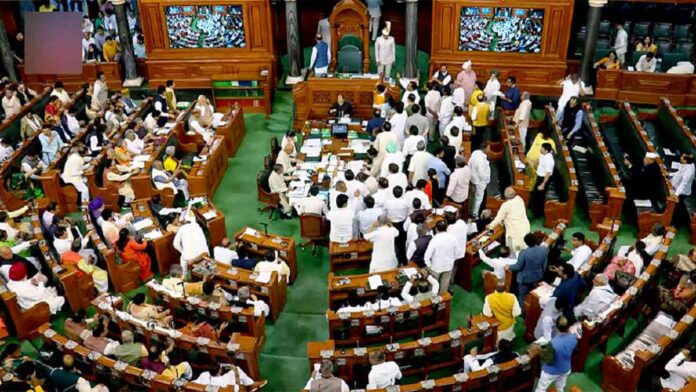With below a year to go, the present Lok Sabha appears to be on track to end with the fewest sittings ever.
According to statistics provided by independent group PRS Legislative Research as part of its Parliament operating in Budget Session 2023′ study by writers Niranjana S Menon and Omir Kumar, it has presently recorded 230 sittings.
This is a decrease from the previous Lok Sabha’s 331 members, which was by now a record low for those having a full five-year tenure.
The 17th Lok Sabha is suspect to convene for more than 331 days with one year remaining in the term and 58 average sitting days each year. This might be the shortest Lok Sabha session since 1952.
According to an examination of queries that ministers responded during Budget sessions obtained from the PRS Legislative Research Web site, the recent Budget session showed modest action.
Ministers addressed fewer questions than usual at the most recent Budget session. Since 2014, the Lok Sabha has had an average of 124 questions answered. It was 30 this year.
Since 2014, ministers have addressed an average of 111 queries in the Rajya Sabha. This year, it fell to 24. Parliament’s Budget session finished on April 6, by means of having a productivity rate of 33% in the Lok Sabha and 24% in the Rajya Sabha.
The Lower House of Parliament was in session for 45.9 hours, while the Upper House was in session for 32.3 hours. The Lower and Upper Houses met for 167.2 and 142.8 hours, respectively, in 2014.
The majority of time was spent on non-legislative activity. The Lok Sabha in fact spent around 20 hours on non-legislative doings in 2023, while the Rajya Sabha spent around 18 hours for the same.
The operation of question hours has been drastically curtailed. In the year 2014, question hour in the Rajya Sabha lasted around 10 hours and some around 22 hours in the Lok Sabha.
In 2023, the Rajya Sabha and Lok Sabha had question hours for 4.3 hours and 1.8 hours, respectively.



